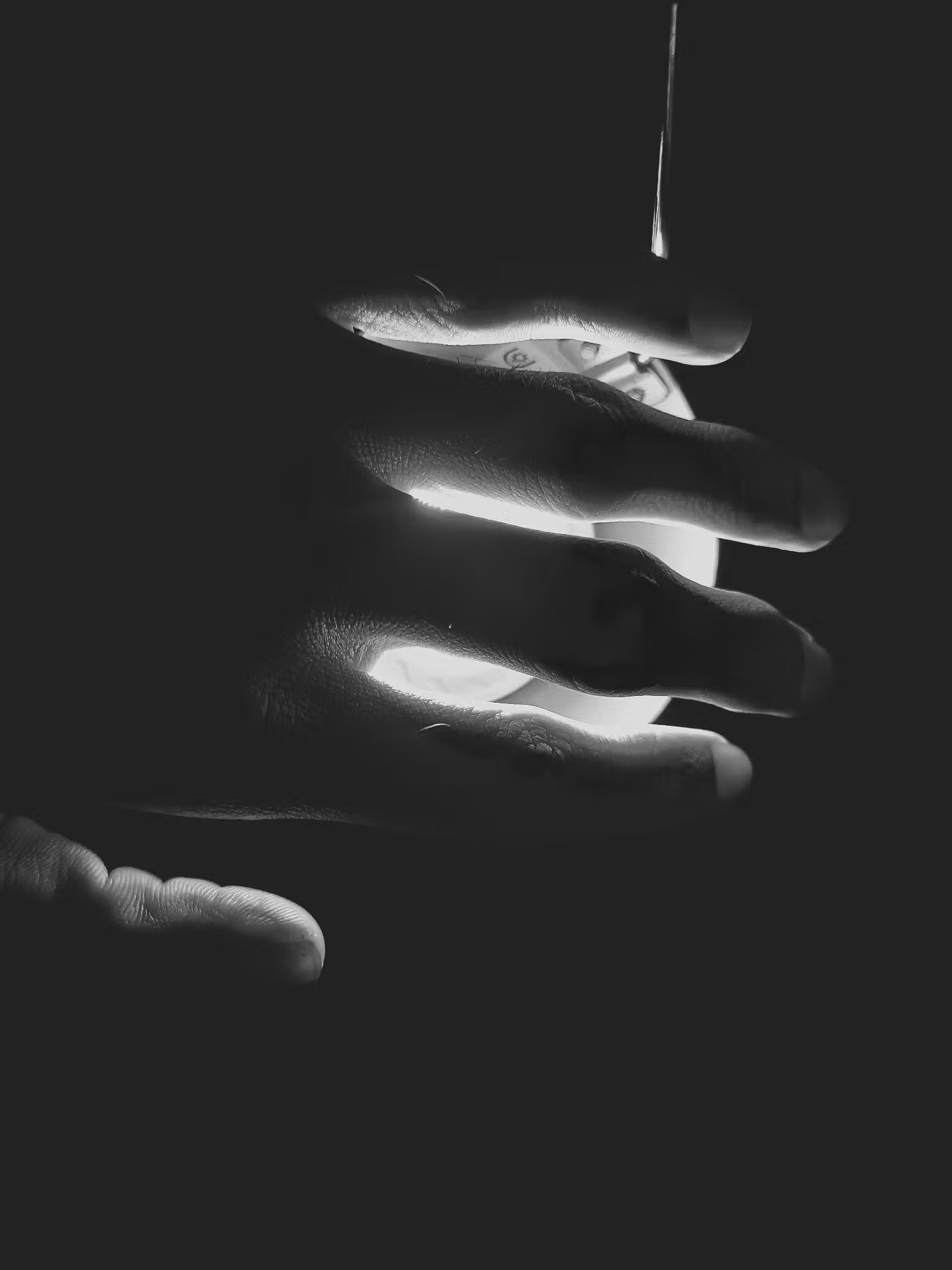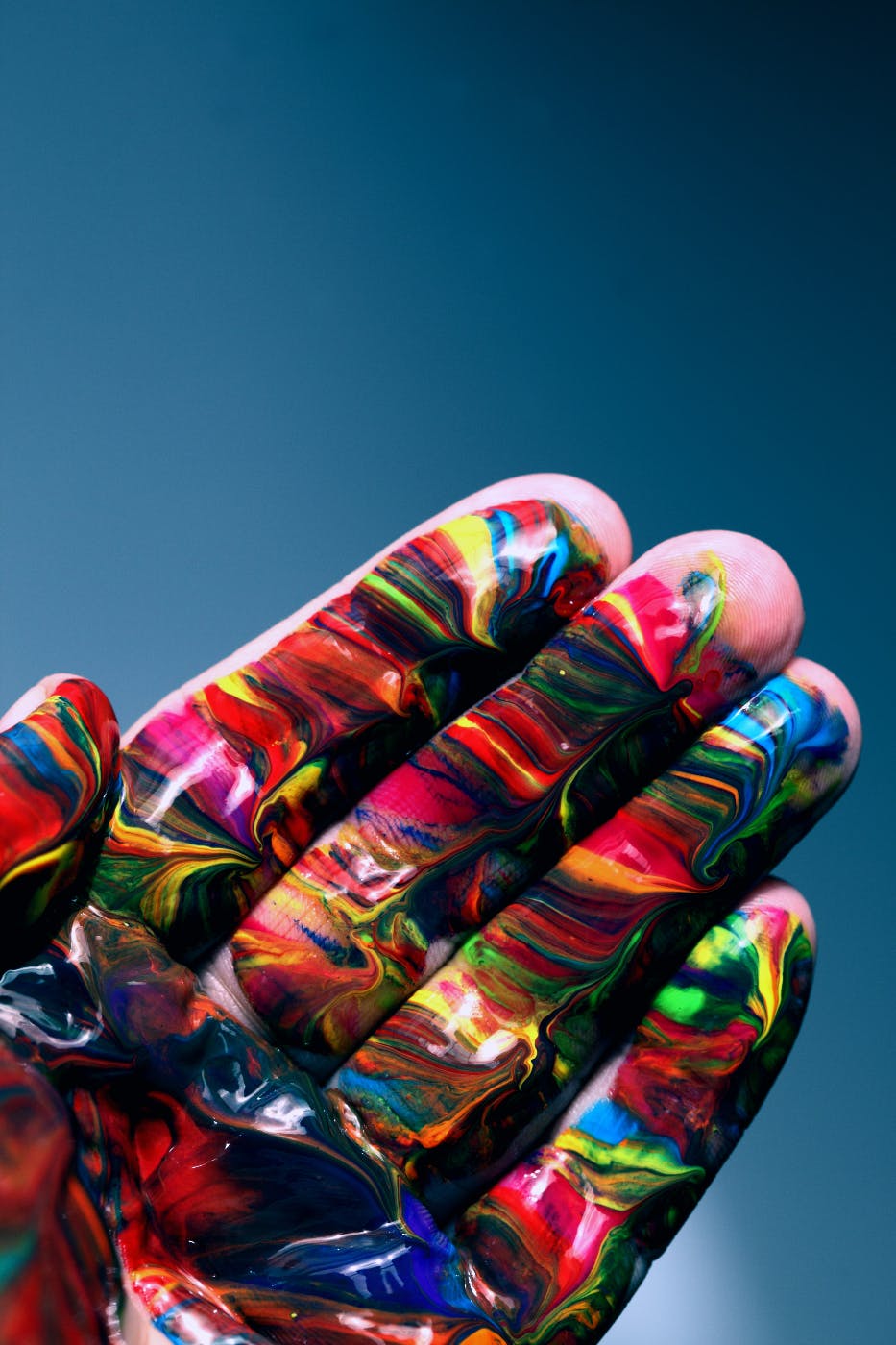
Times are changing, and the truth is, no matter what the corporation’s vocation, creativity is beneficial to all members, all employees, as well as management; no longer does creativity stay in one area; people are finding that shooting a little creativity into the daily work has some profound benefits.
For a long time, creativity has been relegated to that side of the office in most corporations. There is the section of the office where the “creatives” work, and there are creative things like foosball tables and paddleball, putting games and the like to keep the creatives, well, creating. The creatives are left to their own devices, and they stir up magical things, we’re happy for them, but it’s better for everyone when they stay on their side of things.
Times are changing, and the truth is, no matter what the corporation’s vocation, creativity is beneficial to all members, all employees, as well as management; no longer does creativity stay in one area; people are finding that shooting a little creativity into the daily work has some profound benefits.
In this article, we will take a look at a few of the benefits of infusing the workplace with creativity. We here at ThoughtLab believe strongly in the power of creativity, and we have written and continue to write about ways to add creativity to your life and your work. This article is a continuation of that theme.
Off we go with a few benefits of filling your work with creativity.
Stress Relief
Turns out all those games and toys that populate the “creative” side of the office are quite useful. Creativity has been shown to promote a sense of calm and well-being in people. This feeling has opened up new channels in therapy, such as art or dance therapy.
Now, it’s not really possible to suddenly crank the music and scream dance party in the middle of the office, but having books, games, and puzzles openly available to people where they take breaks or have meals is a great way to start a creative move.
Having games or veen crats readily available for employees works to help them switch off the daily grind and open up their creative side. Once that side is engaged, they are more open to ideas and new ways of seeing problems and work. It is the same process as thinking beside or away from a problem. When we concentrate too directly on an issue, the mind gets stuck and myopic. Creative outlets allow us to focus on something else, open up our minds, and think about problems from a different vantage point.
Being creative relieves stress and allows the mind to move about more freely.
Yes, Innovation and Productivity
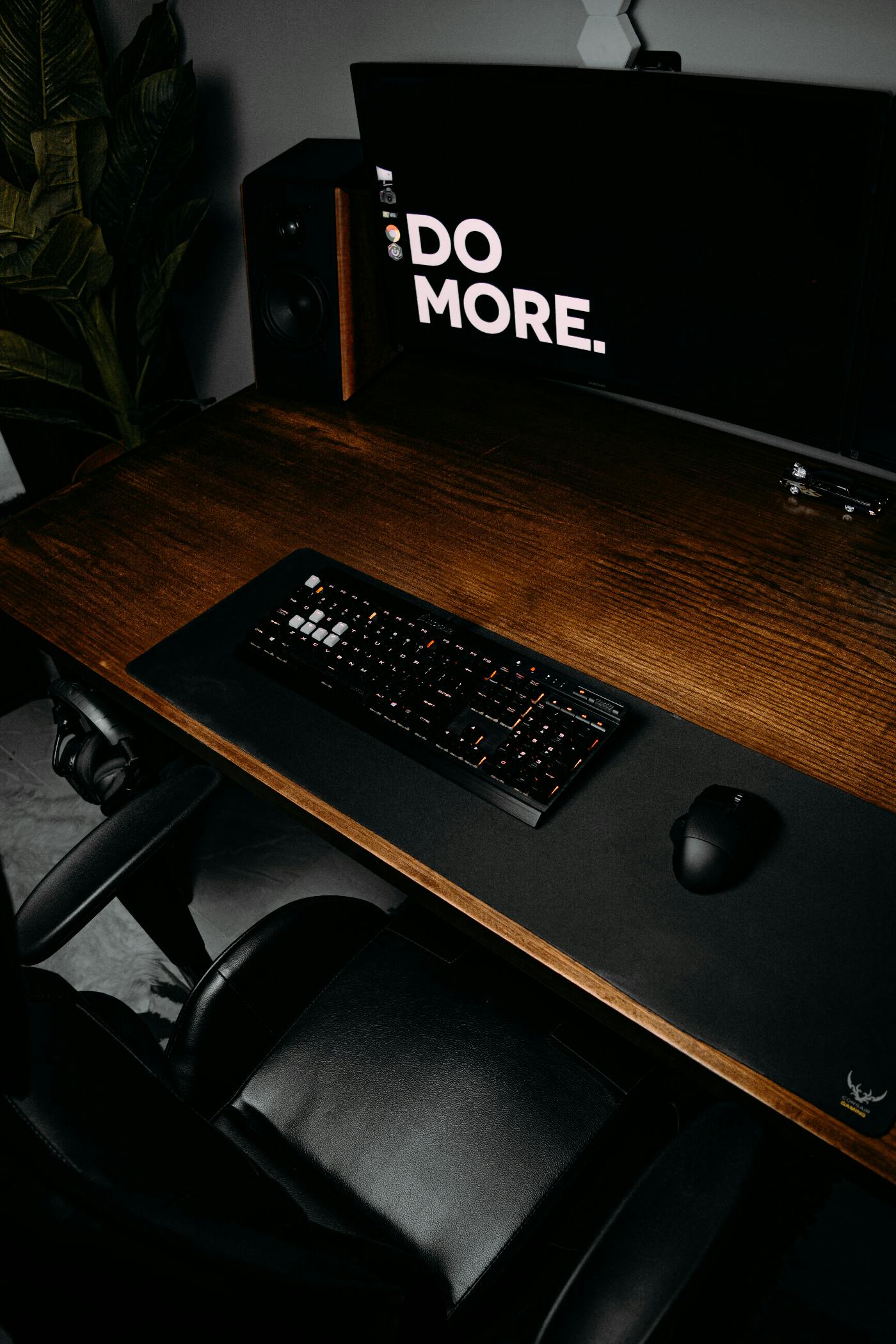
Fostering creativity leads to more people saying yes more often. Yes, is a very important word in the realm of creativity. There are people who use the word no in place of thought, and they have gained powerful positions. No stops the flow of energy, which impedes creativity. Whereas yes opens avenues and lays the groundwork for possibilities. When creativity is fostered, yes is a natural outcome.
When your boss or managers say yes instead of no, what happens is people start to stretch their boundaries, look beyond the usual and start to test the waters of “what if.” One of the main factors of workplace burnout and low productivity is routine. The same thing, done the same way day after day, grinds down people’s ability to think outside the boundaries of that routine. Creativity allows them to break normal boundaries and get outside the routine, leading to innovation.
Routine has forced people into a regimented way of thinking and reacting to the work. So often, people are in a drone state, and the response, not my job, is often heard. But, when they are encouraged creatively and understand the power of yes, not my job turns to, I’ll give that shot. New ways of thinking spark new brian patterns, which improve productivity.
Problem Solving
The left side of the brain is all about logic, whereas the right side is all about creativity. Now, that is a bit of a generalization; the left and right sides of our brains do more. However, that’s the basics, left, logic, right, creative. If you’re not employing your right brain, then half your brain is not being utilized properly or even at all.
Not using your creative brain means you’re shutting off a valuable asset, like intuition, which is extremely beneficial when it comes to problem-solving. By introducing creativity to the workplace, both sides of the brain are then being engaged and working together. So, instead of looking at problems from a purely logical standpoint, you’re now adding a creative view that opens new possibilities when dealing with problems.
In a survey of CEOs, it was discovered that creativity was the most important leadership quality they looked for when hiring, followed by integrity. Integrity, by the way, is also improved with creativity.
Better Team Work
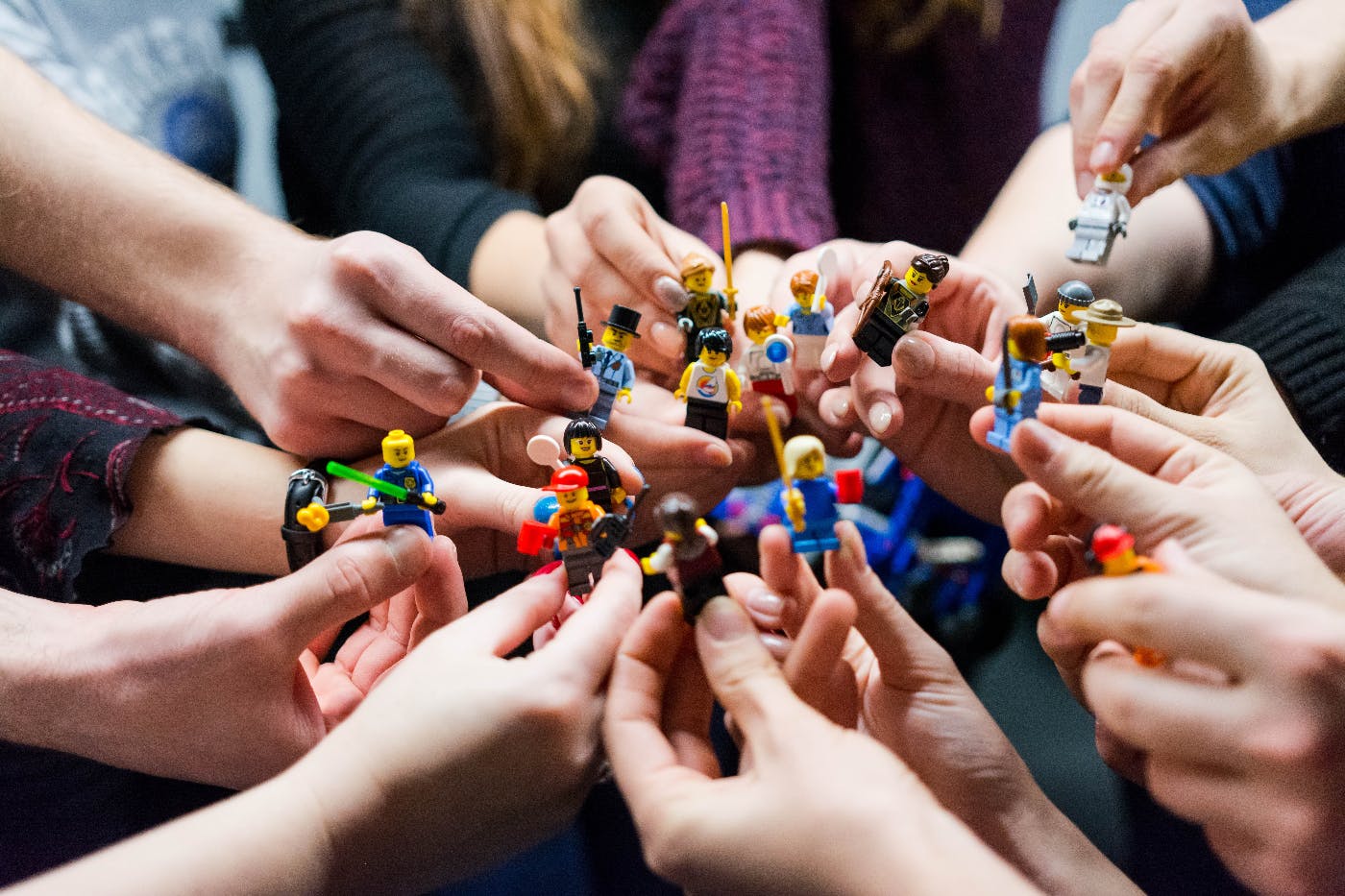
A lot of places give their employees creative team-building exercises. These are great if they are done right. The problem is that people will look at any game or exercise as a chance to compete, be the best, or win, which goes against all the tenets of creativity.
If you’re going to have team-building exercises, remove the competition. Make it about the team working together and allowing each team member to see and understand how they best make the team function at an optimum.
Once you’ve removed the need to win, what comes out is a group of people who understand their strengths and know-how to apply those strengths to create better.
When the competitive edge of the exercise is removed, what comes out is new ways of thinking, new leaders, and a more simpatico way of working. Competition is replaced by encouragement and understanding.
Better Morale
It’s pretty simple; creativity makes people happy. When people are happy, they are more connected and invested in the work they are doing. They also approach it differently and find more ways to be successful.
Creativity allows everyone to show their worth and their fresh insights; Creativity breaks down the boundaries of the implied hierarchy of the workplace. The ones who are deemed the smartest, or the best, are all on level ground and when everyone is seen as having great worth, going to work isn’t a chore; there is no one bullying or trumping the rest of the team. Everyone contributes, and everyone’s contribution is heard and given consideration. This does wonders for morale.
And introducing creativity and encouraging creative points of view just makes work more fun. And that’s a good feeling to have in the office.
Recognize the Success in Failure
There is a wonderful old proverb that goes if you want to make God laugh, tell him your plans. It’s true; we can plan and plan, but sometimes things fall apart. Nothing to be done, no one to blame; things just didn’t work out as planned.
When you’ve encouraged creativity amongst your people, a failure isn’t a total loss. Sure, plans didn’t go exactly right, but with the creative brian engaged, there are successes that can come out of the failure.
That didn’t work is a defeat. However, parts of that didn’t work is a possibility. Being creative allows people to look at the whole and take the pieces out that could lead to success, instead of just throwing up your hands and seeing only the failure.
Loa Tzu said of failure, if you blame someone else, there is no end to the blame. Creativity teaches us not to blame because no failure is final. When the creative mind is engaged, it will find ways to take what didn’t work and make it better. In this way, creativity minimizes failure, doesn’t allow it to be final, and opens paths to turn the situation around.
A Word About Yes
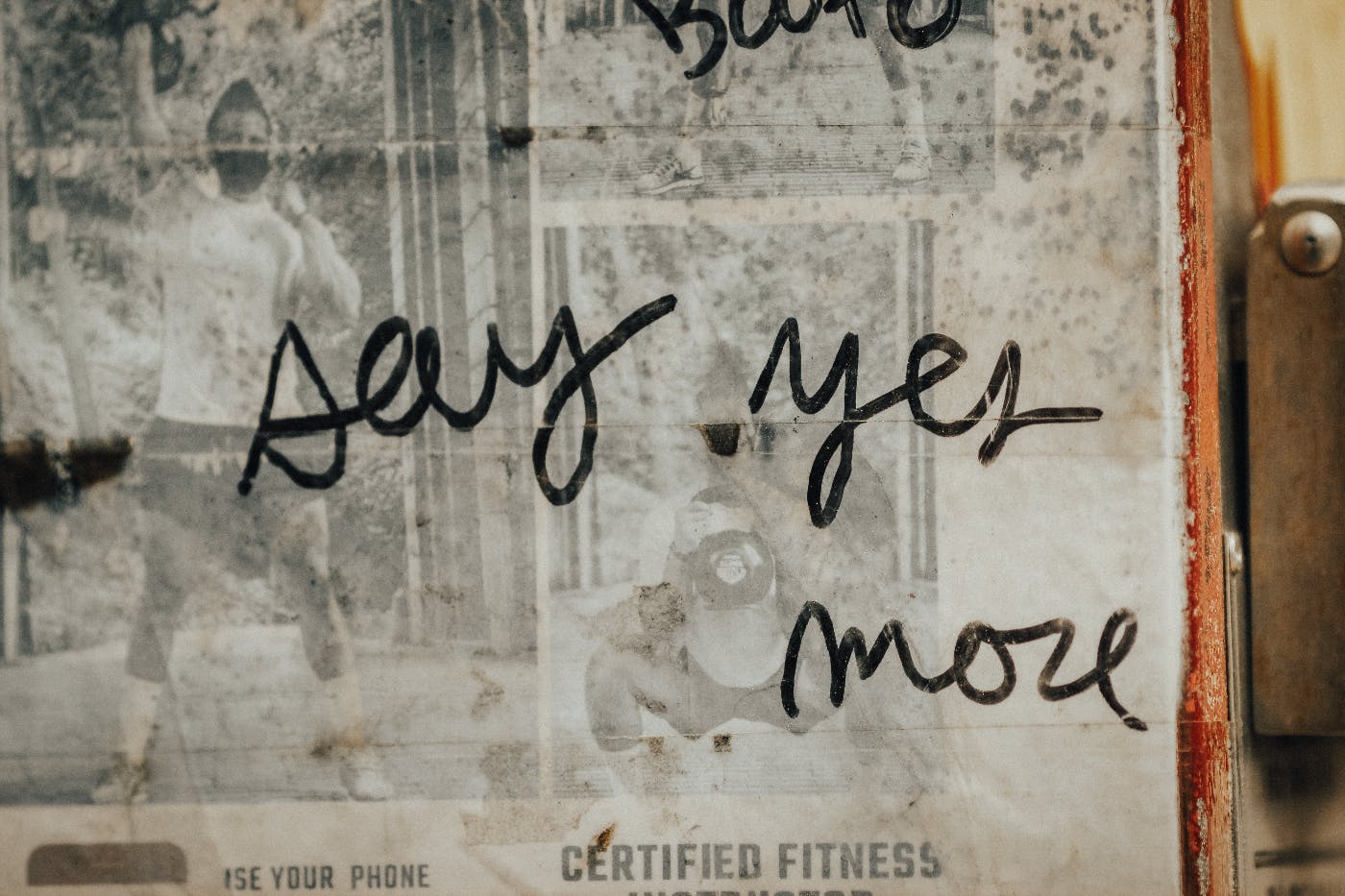
One of the quickest ways to engage the creative mind is through the word yes.
The improv masters at The Second City use a technique called “Yes and …,” Which means when you’re doing an improv scene, you say yes to every offer, AND you add to it. An offer is anything that another performed says to you. “What a lovely day!” which gets you, “Yes, and it’s the perfect day for my wedding.”
You see, it makes sense; yes means the scene goes on and where it goes is limitless. If the exchange went this way; “what a lovely day!” and the reply was “No, it isn’t.” it is just a pointless argument; nothing is built, no forward progress is made, and the moment dies.
Now, truth is, saying yes isn't always easy because it sends you off into unknown directions. Saying no, well, that’s simple; it stops things dead—no worries about moving into uncharted territory when you say no. No means you’re safe in your usual approach, safe in being in control.
Yes, on the other hand, is risky. What happens if I say yes to this where will it lead? How will it end?
To be clear, we are not advocating saying yes to every single moment in your life; that would be weird, stupid, and dangerous. No does keep you safe in serious situations. No to driving drunk, for example. What we're talking about is allowing your creative mind to get engaged, and a way to do that is to say yes to situations that maybe, in the past, you’ve said no to.
In Brainstorming Sessions
A brainstorming session should be a purely creative exercise, and yet, how often do people say no in them? Quite often. It’s tricky because most times, people won’t say the word no, and yet, they still say no.
You have to be aware, especially if you’re leading the session. No can sound like this: I don't like that. Why would that work? Okay, but …, maybe something like that but not that exactly. All these phrases are just ways of saying no. And why do people say no? Fear.
Saying yes will definitely send you down paths you may never have trod before, which can be unnerving. Again, this calls for you to take risks. Not being able to control what happens, not being familiar with the idea, these feelings can spark fear, and that can lead to no.
Understand this: every person in your team wants to do good and have a good idea. The moment you say no, is the moment you shut off the creative flow and make those who were brave enough to speak up shut down immediately.
A well-run brainstorming session is a yes session. Once your team members realize that the response to every idea is yes, they will dig deep and start to produce some fascinating and exciting stuff. Yes, is fuel. No is the stop sign of creativity.
We encourage you to take a breath and employ the word and the concept of yes over no whenever you can. Your creativity levels will jump.
ThoughtLab has Creative Solutions
If you’re feeling stuck creatively with your marketing plans, your design work, or just around the office, ThoughtLab is happy to help.
We are an agency with decades of experience finding creative solutions, rethinking old ways in a more creative light, and fostering the love and drive for creativity in all the folks we work with. Maybe you just need a way to jumpstart your team, and a reactive yes session is in order. Perhaps you’ve been staring at a problem for too long, and now, you need fresh, creative eyes on it. No matter what, ThoughtLab has you covered.
Contact ThoughtLab for a free consultation, start saying yes, and start engaging the creative minds of your and your team. Say yes, it’s quite an adventure.
